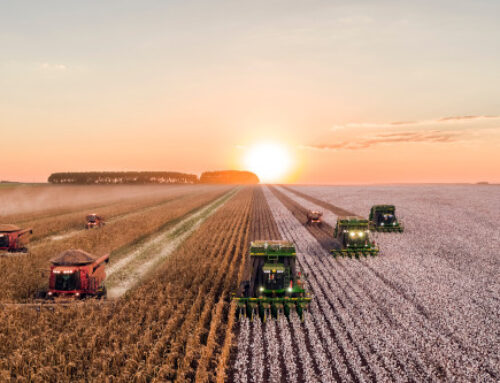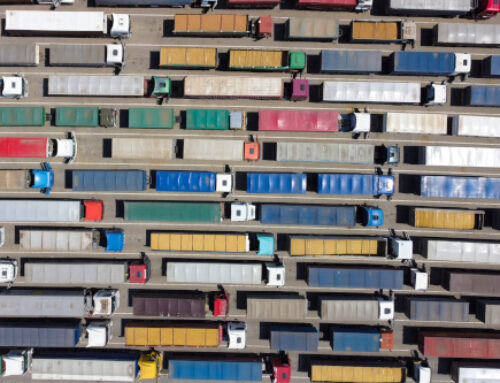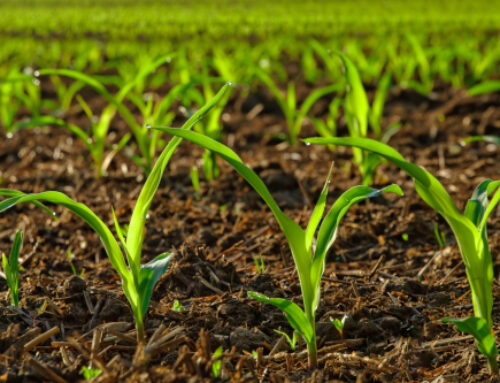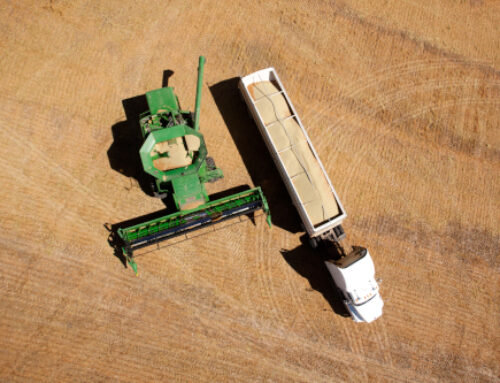At FOB, we examine the state of the agricultural supply chain to understand why participants make certain decisions.
Are these decisions and practices in their own best interest or are decisions executed due to factors and variables outside of their control?
Today, we’re digging into the monumental surge of on-farm storage in the 21st century and explore what has driven farmers to adopt such local capacity. At a time that the benefits of increasing on-farm storage in 2021 are unclear and variable, we explore alternative solutions to maximizing efficiency in local supply chains.
The Trend:
On-farm storage in the United States has swelled over the last decade in line with the rise in domestic commodity production. Storage capacity across the country has increased on a bushel-for-bushel basis with production.
The Turning Point:
According to the University of Illinois, on-farm storage ramped up dramatically during the 1990s. Over the last 15 years, it is not uncommon to hear stories of farmers who went from a storage capacity of 20,000 bushels to more than 10 times that level. Traditionally, most farms relied on local elevators as a place of delivery. However, macroeconomic factors have fueled closures to conveniently located delivery points.
The Market Pitch:
Like all real estate decisions, location is key. Storage that is proximate to several large fields can allow semis to unload grain and get back to the farm before the combine and grain carts are full again. Analysts and farmers will typically tout benefits such as the ability to market grain when prices are higher, flexibility in delivering grain to market, and location.
The Market Reality:
Despite the common benefits of on-farm storage, this increased capacity is largely controlled by fewer and larger hands in the industry. In addition, these increases vary widely by state. On-farm capacity in Iowa is significantly higher than other states like Kansas. While there is a macro-trend evident, pinpointing this trend by location creates wide dislocations in how grain is managed, stored, marketed, and shipped. We see wide variability in fundamental challenges and meeting expectations in different supply chains.
What We’re Hearing:
Breakdowns in communication continue to create major problems that fuel inefficiency. In recent conversations with farmers, sentiment suggests that farmers are eager to maximize the efficiency of their trucks and other assets. Open communication would provide farmers with a fundamental understanding of whether utilizing their on-farm storage is the best possible decision during harvest.
Meanwhile, co-ops and elevators argue that transparency remains critical for their operations. If they do not know that a farmer is planning to drop off several loads of grain, they will not remain open or allocate staff to ensure time to unload. Communication (or the lack of communication) remains a significant factor that has made on-farm storage a necessity for many large producers.
The Alternative:
We built FOB to provide farmers with the tools to directly address the challenges they have shared with us. We are continually optimizing to address the variable challenges that emerge on a daily basis. Today, FOB provides farmers, co-operatives, and elevators with real-time insight into all stakeholders in the local supply chain. A real-time platform that tracks and directs actors and assets during harvest can optimize efficiency and help farmers determine whether additional on-farm storage is required ahead of harvest.
On-farm storage has increased in-line with production over the last two decades. However, we must drill down into local supply chains and farm-by-farm microanalysis to personalize and streamline individual operations and maximize efficiency. By increasing local efficiency and leveraging technology, the broader agricultural supply chain and industry will benefit and deliver incremental, mutual gains.






Leave A Comment